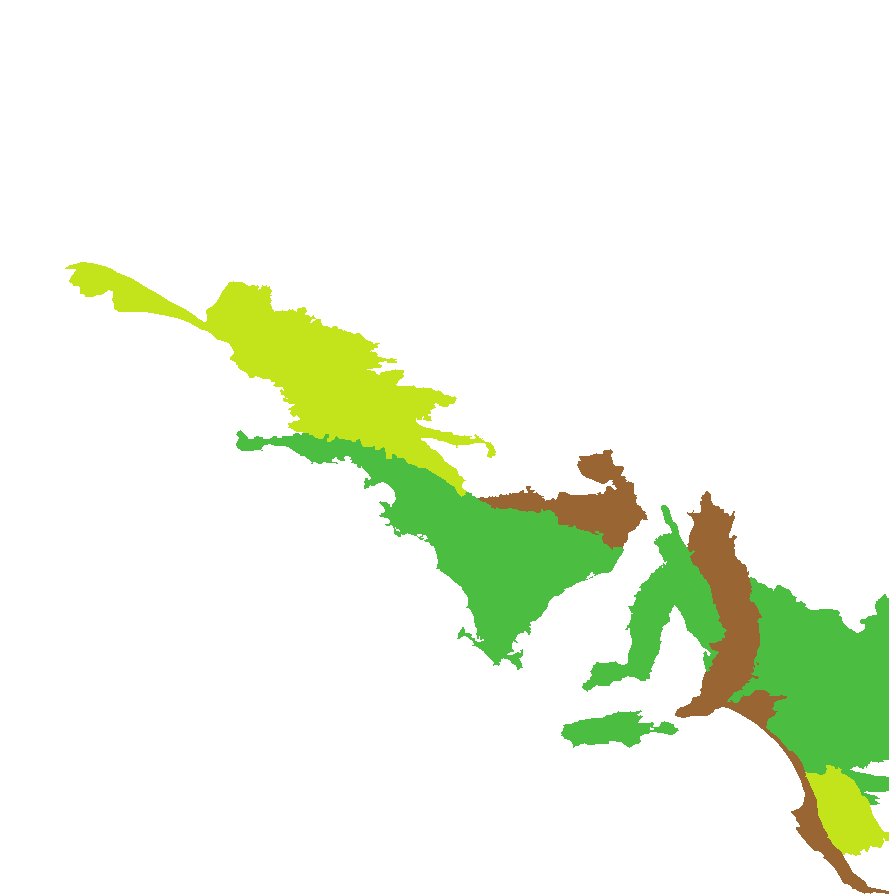


















Botanical art
Etymology
Lasiopetalum, from the Greek 'lasios', meaning hairy or shaggy and 'petalon', meaning petal, alluding to the hairy calyx. Baueri named after Franz and Ferdinand Bauer, 19th century Austrian botanical artists and brothers.
Distribution and status
Found in the southern part of South Australia growing on red sands associated with mallee communities. Also found in New South Wales, Victoria and Tasmania. Native. Common in SA. Uncommon in New South Wales and Tasmania. Common in Victoria.
Herbarium regions: Flinders Ranges, Eyre Peninsula, Northern Lofty, Murray, Yorke Peninsula, Southern Lofty, Kangaroo Island, South Eastern, Green Adelaide
NRM regions: Adelaide and Mount Lofty Ranges, Eyre Peninsula, Kangaroo Island, Northern and Yorke, South Australian Murray-Darling Basin, South East
AVH map: SA distribution map (external link)
Plant description
Shrubs to 1.5 m high but often under 50 cm. Leaves stiff, linear to linear-oblong, obtuse; to 50 mm long and 7 mm wide. Inflorescence lax, usually with fewer than 6 flowers; calyx pink or white, greenish towards the base; petals reddish-brown, less than 1 mm long. Flowering between August and October. Fruits are brown segmented capsule to 8 mm diameter. Seeds are dark brown, oblong seeds covered to 2.5 mm long and 1.5 mm wide, with fine hairs and with an inverted U shaped aril attached to the top. Seed embryo type is spathulate.
Seed collection and propagation
Collect seeds between October and December. Collect capsules when they are brown and beginning to dry. Rub the fruits to check that the dark seeds are present. Look out for holes in the fruits as this is an indication that the seed has been predated. Place the capsules in a tray and leave to dry for two weeks. Then rub the capsules gently by hand to dislodge the seeds. Use a sieve to separate the unwanted material. Store the seeds with a desiccant such as dried silica beads or dry rice, in an air tight container in a cool and dry place. Seed predation can be high and seed viability can be low.
| Location | No. of seeds (weight grams) | Number of plants | Date collected | Collection number Collection location | Date stored | % Viability | Storage temperature |
|---|---|---|---|---|---|---|---|
| BGA | 1,900 (3.1 g) | 26 | 18-Dec-2003 | PJA71 Murray | 14-Aug-2006 | 40% | -18°C |
| BGA | 1,300 (1.82 g) | 7-Nov-2013 | JRG79 Murray | 24-Mar-2015 | 65% | -18°C |
Number of plants: This is the number of plants from which the seeds were collected.
Collection location: The Herbarium of South Australia's region name.
% Viability: Percentage of filled healthy seeds determined by a cut test or x-ray.